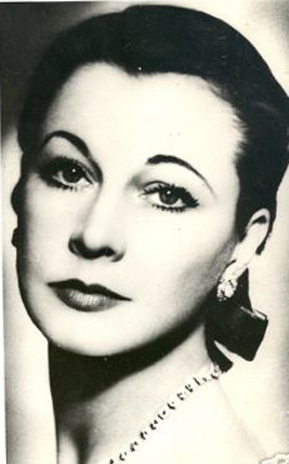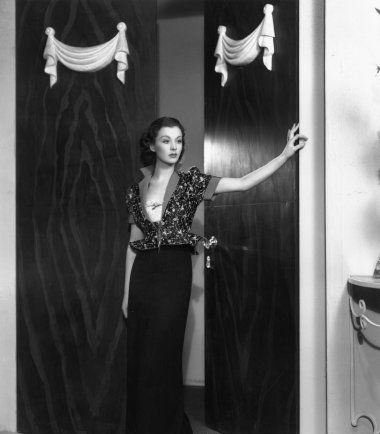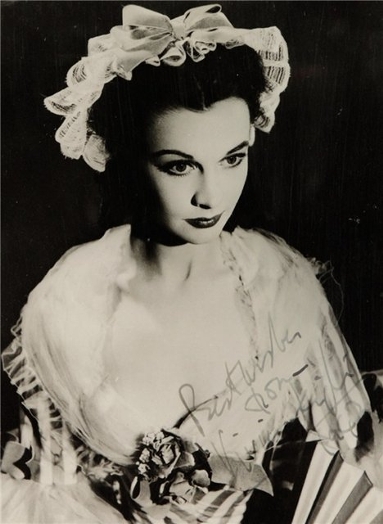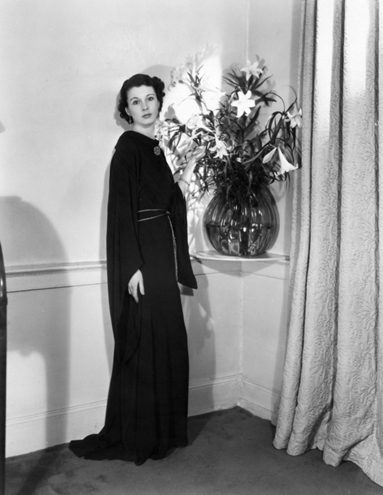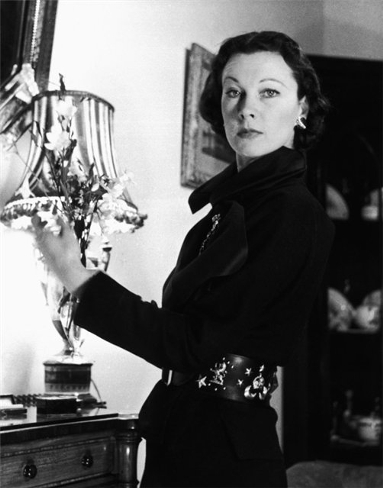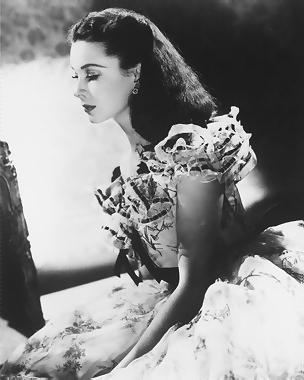Producer David O. Selznick, head of Selznick International Pictures, decided that he wanted to create a film based on the novel, after his story editor, Kay Brown, urged him to buy the film rights. A month after the book's publication in June 1936, Selznick bought the rights for $50,000, a record amount at the time. Major financing for the film was provided by Selznick's business partner John Hay Whitney, a financier who later went on to become a U.S. ambassador.
The casting of the two lead roles became a complex, two-year endeavor. Many famous or soon-to-be-famous actresses were either screen-tested, auditioned, or considered for the role of Scarlett, including Jean Arthur, Lucille Ball, Tallulah Bankhead, Joan Bennett, Clara Bow, Joan Crawford, Bette Davis, Frances Dee, Olivia de Havilland, Irene Dunne, Joan Fontaine, Greer Garson, Paulette Goddard, Susan Hayward, Miriam Hopkins, Katharine Hepburn, Carole Lombard, Ida Lupino, Merle Oberon, Norma Shearer, Barbara Stanwyck, Margaret Sullavan, Lana Turner and Loretta Young.
Miriam Hopkins was actually the choice of the novel's author Margaret Mitchell. Mitchell felt that Hopkins was just the right type of actress to play Scarlett as written in the book. However, Hopkins was in her mid thirties at the time and was considered too old for the part. Nevertheless, Hopkins had one advantage over the other actresses—she was a native of Georgia.
Four actresses, including Jean Arthur and Joan Bennett, were still under consideration by December 1938. But only two finalists, Paulette Goddard and Vivien Leigh, were tested in Technicolor, both on December 20.[10] Selznick had been quietly considering Vivien Leigh, a young English actress little known in America, for the role of Scarlett since February 1938, when Selznick saw her in Fire Over England and A Yank at Oxford. Leigh's American agent was the London representative of the Myron Selznick talent agency (headed by David Selznick's brother, one of the owners of Selznick International), and she had requested in February that her name be submitted for consideration as Scarlett. By summer of 1938, the Selznicks were negotiating with Alexander Korda, to whom Leigh was under contract, for her services later that year.] But for publicity reasons David arranged to meet her for the first time on the night of December 10, 1938, when the burning of the Atlanta Depot was filmed. The story was invented for the press that Leigh and Laurence Olivier were just visiting the studio as guests of Myron Selznick, who was also Olivier's agent, and that Leigh was in Hollywood hoping for a part in Olivier's current movie, Wuthering Heights. In a letter to his wife two days later, Selznick admitted that Leigh was "the Scarlett dark horse", and after a series of screen tests, her casting was announced on January 13, 1939. Just before the shooting of the film, Selznick informed Ed Sullivan: "Scarlett O'Hara's parents were French and Irish. Identically, Miss Leigh's parents are French and Irish."
For the role of Rhett Butler, Clark Gable was an almost immediate favorite for both the public and Selznick. Nevertheless, as Selznick had no male stars under long-term contract, he needed to go through the process of negotiating to borrow an actor from another studio. Gary Cooper was Selznick's first choice, because Cooper's contract with Samuel Goldwyn involved a common distribution company, United Artists, with which Selznick had an eight-picture deal. However, Goldwyn remained noncommittal in negotiations. Warner Bros. offered a package of Bette Davis, Errol Flynn, and Olivia de Havilland for the lead roles in return for the distribution rights. But by then Selznick was determined to get Clark Gable, and eventually found a way to borrow him from Metro-Goldwyn-Mayer. Selznick's father-in-law, MGM chief Louis B. Mayer, offered in May 1938 to fund half of the movie's budget in return for a powerful package: 50% of the profits would go to MGM, the movie's distribution would be credited to MGM's parent company, Loew's, Inc., and Loew's would receive 15 percent of the movie's gross income. Selznick accepted this offer in August, and Gable was cast. Nevertheless, the arrangement to release through MGM meant delaying the start of production until Selznick International completed its eight-picture contract with United Artists.
Principal photography began January 26, 1939, and ended on June 27, 1939, with post-production work (including a fifth version of the opening scene) going to November 11, 1939. Director George Cukor, with whom Selznick had a long working relationship, and who had spent almost two years in preproduction on Gone with the Wind, was replaced after less than three weeks of shooting. Olivia de Havilland said that she learned of George Cukor's firing from Vivien Leigh on the day the Atlanta bazaar scene was filmed. The pair went to Selznick's office in full costume and begged him to change his mind. Selznick apologized, but refused. Victor Fleming, who was directing The Wizard of Oz, was called in from MGM to complete the picture, although Cukor continued privately to coach Leigh and De Havilland. Another MGM director, Sam Wood, worked for two weeks in May when Fleming temporarily left the production due to exhaustion.
Cinematographer Lee Garmes began the production, but after a month of shooting what Selznick and his associates thought was "too dark" footage, was replaced with Ernest Haller, working with Technicolor cinematographer Ray Rennahan. Most of the filming was done on "the back forty" of Selznick International with all the location scenes being photographed in California, mostly in Los Angeles County or neighboring Ventura County. Tara, which for many Americans is the iconic Southern plantation house, existed only as a plywood and papier-mâché facade built on the "back forty" California studio lot.[16] Estimated production costs were $3.9 million;only Ben-Hur (1925) and Hell's Angels (1930) had cost more.
Although legend persists that the Hays Office fined Selznick $5,000 for using the word "damn" in Butler's exit line, in fact the Motion Picture Association board passed an amendment to the Production Code on November 1, 1939, that forbade use of the words "hell" or "damn" except when their use "shall be essential and required for portrayal, in proper historical context, of any scene or dialogue based upon historical fact or folklore ... or a quotation from a literary work, provided that no such use shall be permitted which is intrinsically objectionable or offends good taste." With that amendment, the Production Code Administration had no further objection to Rhett's closing line. This is also discussed in the documentary film, The Making of a Legend: Gone With The Wind.
